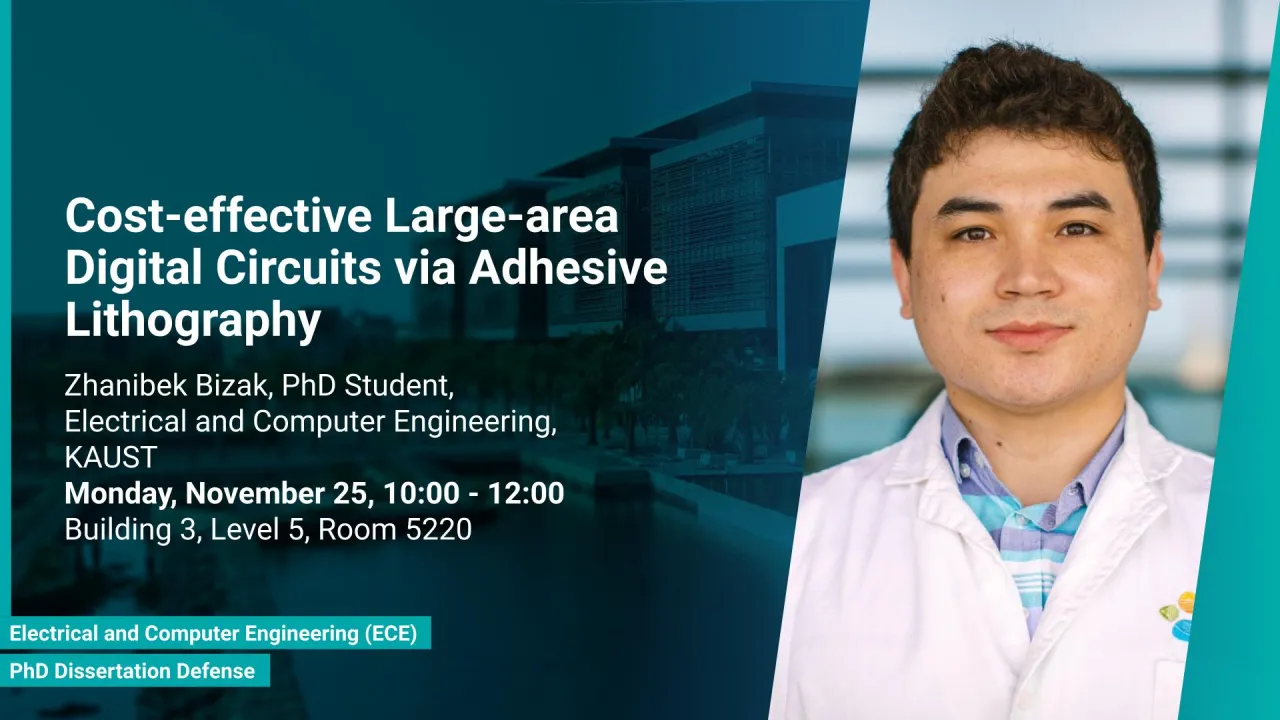
Cost-effective Large-area Digital Circuits via Adhesive Lithography
B3, R5, R5220
Overview
A silicon-based semiconductor has had revolutionary impact in all sectors of our lives. With approaching physical limits of further downscaling, there is a growing need for alternative materials and architectures to continue the sustain technological progress of digital circuits. The emerging technologies should tackle various challenges, including fabrication process complexity reduction, compatibility with other technologies, large-area scalability, application focused design flexibility. These challenges were addressed, and alternative solutions been provided in this dissertation work.
Adhesive lithography (a-Lith) is an innovative rapid manufacturing technique with extremely high aspect where large-area electronics are realized with nanometer small feature sizes. The a-Lith operates at low temperatures enabling the integration with various substrates (polymers, flexible materials) and electronic devices. The a-Lith process involves fewer steps compared to traditional lithography techniques. This simplicity not only reduces the potential for errors but also lowers production costs. These advantages for the fabrication of nanoscale devices make it a promising candidate for modern digital circuits. In the first part of dissertation, we introduce a solution-based lift-off method via which the enhanced uniformity of nanogap formation and boost of fabrication yield were achieved. This enabled the fabrication of Al/ZnO/Au coplanar nanogap diodes with high rectification ratio (>106) and cut-off frequency (29GHz) with near perfect yield. The diode performance metrics are comparable or better than reported metal-oxide and 2D semiconductor Schottky diodes.
In the second part of the dissertation, various logic and arithmetic functional circuits such as AND, OR gates, half-adder, binary shifter were realized via solution-processed a-Lithography. The fabricated circuits successfully produced the expected output responses as well as showed good agreement with respective simulation results based on equivalent-circuit model of nanogap diode in Keysight ADS. We also presented the design, implementation and fabrication of fully integrated 4-bit ALU system. The implemented work represents one of the pioneering efforts in realizing integrated circuits through adhesive lithography, and the methodologies employed contribute significantly to the advancement of large-area a-Lith manufacturing.